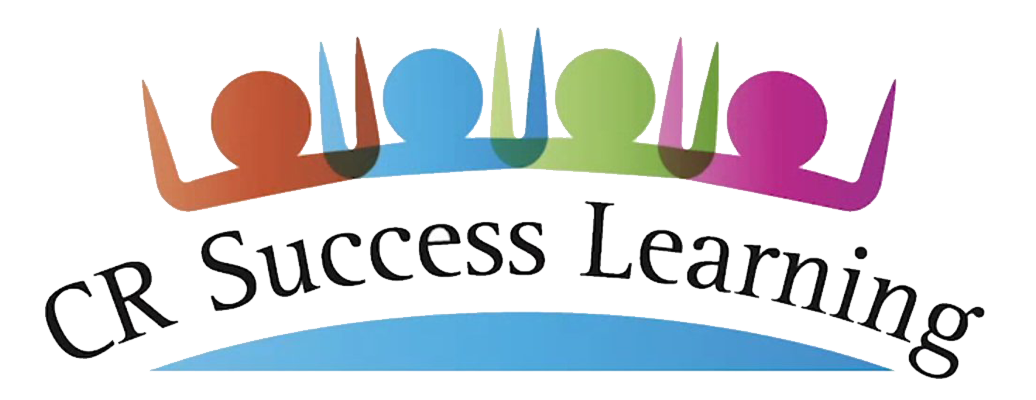📌 Oral Language Skills Part 3: Teacher Tips
Instructional Practices
that Support Oral Language Growth
Building students’ oral language skills is a constant objective. As one teacher noted, “It is 24/7!”
Part 1 and Part 2 of this topic explored how oral language develops through interaction, and the importance of engaging in conversations with students rather than simply talking at them.
Now we turn to practical teaching tips for developing academic language, with an emphasis on helping students follow directions and understand basic concepts. Academic language refers to the specific vocabulary used in academic settings — words and phrases students must understand in order to fully participate in classroom learning.
1) Make Oral Directions Visible
Following multi-step directions can be difficult for many students. Visual prompts can make these directions more accessible.
For example, if students are completing an art project involving coloring, cutting, gluing, and labeling, you can make the sequence visible. Attach magnets to the materials (crayons, scissors, glue, pencil), and display them on the board in the correct order. Print the directions next to each object.
Encourage students to discuss the directions with a partner:
"First, you color, then you cut, then you paste, and last, you print your name."
Why This Works: Visual prompts make directions clear and accessible, reducing the memory load for students and teaching concepts such as first, next, and last. Asking student to verbally rehearse the order of directions will promote oral language skills and memory.
2. Intentionally Incorporate Academic Vocabulary into Play and Read-Alouds
Academic vocabulary is integral to teaching. We use terms in teaching that students must understand if they are to successfully participate. For example, the word curve is used throughout handwriting instruction for many letters and numbers. The planning sheet shows how to teach the academic vocabulary word "curve" during read-alouds, fingerplays, songs, and center activities. It can be taught explicitly and then modeled and reinforced during play.
Why This Works: This intentional approach to instruction combines play-based and curriculum-based teaching. Teachers can thoughtfully plan how to teach academic vocabulary across play centers, read-alouds, and chants. This pre-planning allows vocabulary to be taught both explicitly and reinforced naturally through interactions at centers. We know the more students use the word on their own, naturally during activities, the more they will understand and remember.
Wrapping up: Oral language and academic language grow best through intentional, interactive teaching, and through giving students opportunities to use new language in context. Whether making directions more visible or weaving academic vocabulary into play, these small strategies can lead to big gains in students’ language skills.
Next up: In the final post of this series on oral language, we pull it together by doing a reality check to discuss why this is so important for all learning and especially for reading comprehension. We will show what’s within your reach and invite everyone to take action.



